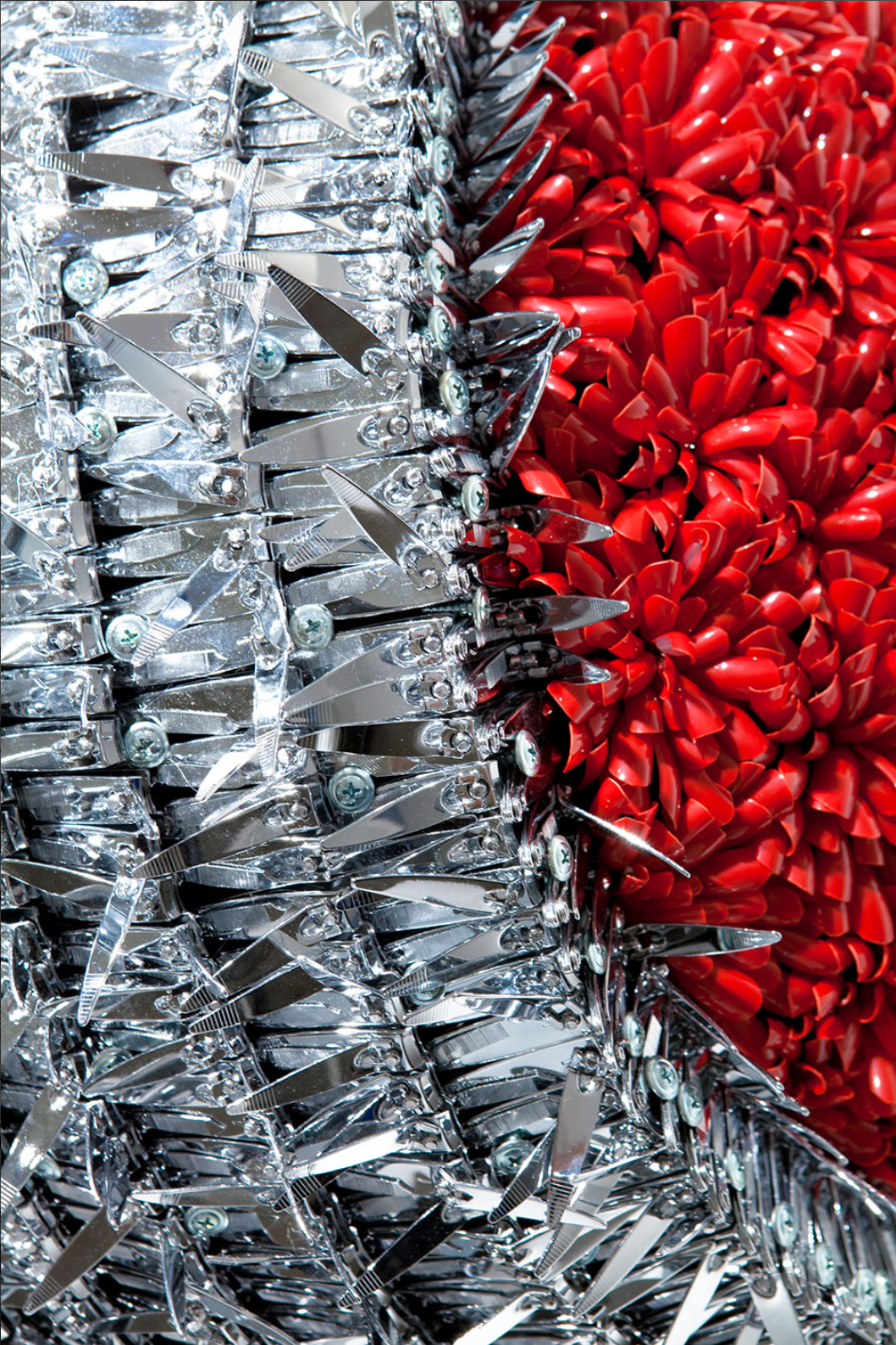“I Like Working with Things that Bring Ugly Memories to the People”
Federico Uribe’s Animal Farm is made of X-Rays, surgical instruments, bullets, and other painful memory-inducing objects. The artist playfully transforms the painful into beautiful.
INTERVIEW WITH FEDERICO URIBE
From the artist’s archives
LES COULEURS: What role does the artist have in society?
FEDERICO URIBE: I assume that art is an intention that generates ideas, that suggests perspectives of reality, that changes the stereotypes and proposes alternatives. It is the use of human intellect with the intention of transmitting human emotion or rethinking an emotion.
LC: If you could work within the past movement, which would it be?
FU: I don't believe that movements really exist. I believe that art can come only from an individual. The idea that a group of people could think emotionally in the same direction doesn't sound possible to me.
LC: What does your work aim to say?
FU: I guess my work says that I am alive and well, that I see beauty and pain in the objects I use, that I am essentially a positive person in search of beauty and I find it everywhere.
Artist FEDERICO URIBE
From the artist’s archives
LC: What was your most exciting collaboration?
FU: I don't find collaborations exciting in any way. I love to work on and manufacture my own ideas.
LC: What are you working on right now?
FU: I am making a series of paintings made of X-Rays. For some strange reason, I am attracted to objects that relate to pain. I love using bullets, surgical instruments, and X-Rays. I find it challenging,- building beauty out of the objects that in everyone's mind are perceived as painful . . .
FEDERICO URIBE
From the artist’s archives
FEDERICO URIBE
From the artist’s archives
FEDERICO URIBE
From the artist’s archives






